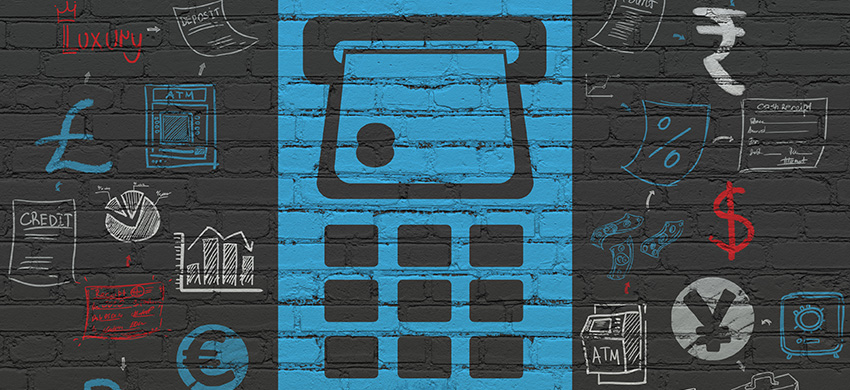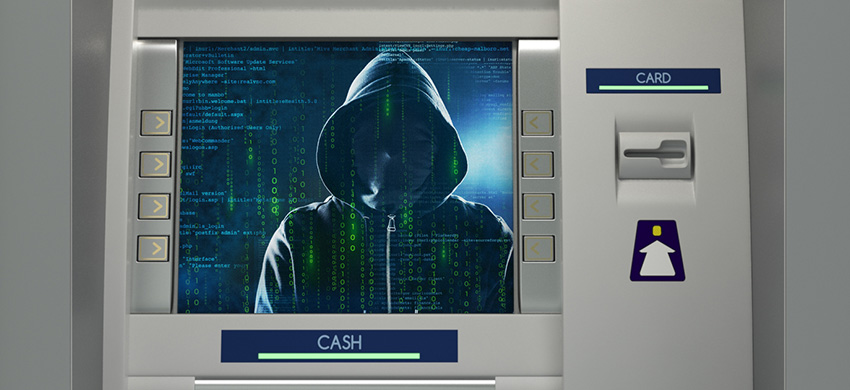Banking Trends 2025: What to Expect in Retail and Self-Service Banking
Banking trends 2025 are set to redefine how institutions operate and engage with their customers. After a year of rapid innovation in 2024, the banking sector is poised to further embrace digital transformation. Key developments will include expanded access to cash, smarter use of customer data, and the implementation of stronger cybersecurity strategies.
As digital expectations continue to grow, banks will prioritize self-service channels, investing in AI-powered tools to improve personalization and operational efficiency. In 2025, retail banking is expected to deliver more targeted services based on customer behavior, using advanced analytics and machine learning models. This shift will also help banks remain competitive and compliant with evolving regulatory frameworks.
One of the most critical banking trends for 2025 is the integration of generative AI to enhance customer interactions and automate internal workflows. Chatbots and virtual assistants are already changing the way customers access services, and in the coming months, we’ll see them become even more intelligent and proactive.
At the same time, banks will need to strengthen their cybersecurity posture. With increasing data volumes and growing threats, advanced fraud detection and real-time monitoring will be essential to protect both institutions and their customers.
To explore how AI can transform your self-service strategy, visit Auriga’s official page on retail banking solutions.
In conclusion, banking trends 2025 emphasize adaptability, innovation, and a customer-first approach. Institutions that embrace these changes early will lead the way in the future of financial services.
ATM Security 2025: Threat Landscape and Protection Insights
ATM security 2025 is a growing concern for financial institutions facing increasingly sophisticated attacks. Understanding the threat landscape is essential to strengthen protection strategies and reduce risks.
Auriga presents an in-depth analysis of the most common ATM attack vectors, from traditional skimming and jackpotting to malware such as Ploutus, Tyupkin, and Cutlet Maker. These cases demonstrate how attackers evolve rapidly, combining physical and digital techniques to bypass security controls.
The growing use of AI and machine learning by both attackers and defenders means banks must adapt quickly. Proactive monitoring, real-time threat detection, and the implementation of secure software are now baseline requirements.
Among the key ATM security trends for 2025, hybrid attacks are becoming more common. Criminals are no longer relying on a single entry point—they target hardware, software, and even insider vulnerabilities. As a result, financial institutions must deploy multi-layered security frameworks that integrate physical safeguards, endpoint protection, and behavioral analytics.
To dive deeper, check out Auriga’s self-service banking solutions, which include advanced tools for ATM protection.
Preparing for ATM security in 2025 means investing in both technology and training. It also requires collaboration between banks, regulators, and technology providers to ensure resilience across the network.
Visit Auriga’s blog to stay up to date on the latest trends in banking security.
Modern Cash & ATM Management to boost Access to Cash Services
Maintaining free access to cash for the community while minimising costs demands robust cash management strategies.
This white paper explores how modern cash and ATM management and new models for managing ATMs can enable banks and independent ATM deployers (IAD) to make access to cash more convenient, secure and operationally viable against rising cost and regulatory pressures.
Sustainable Cash Strategy: How to Go Green by 2025
A sustainable cash strategy is becoming essential for banks aiming to meet net zero targets by 2025. Rethinking the environmental impact of cash and ATM networks is a key step.
In this white paper, we explain how banks and ATM operators can reduce their carbon footprint without compromising customer service or operational efficiency.
Solutions include optimizing ATM routes, cutting paper waste, and switching to energy-efficient terminals. Using renewable energy to power devices is another effective step.
Cash still plays a crucial role, especially in remote and underserved areas. That’s why the goal isn’t to eliminate cash, but to manage it more sustainably.
Predictive analytics and AI can reduce unnecessary trips for cash replenishment. This limits fuel consumption and lowers emissions.
Learn more about Auriga’s green ATM solutions that help modernize and decarbonize self-service channels.
Adopting a sustainable cash strategy requires cooperation. Banks, regulators, and technology providers must work together to make green goals achievable.
Visit Auriga’s blog for more articles on digital transformation and sustainability in the banking sector.
What 2024 has in store for Retail Banking
As the banking sector sails into 2024, the current is shifting towards an era defined by digital transformation and innovative customer service strategies.
No longer monolithic conservative institutions, they are becoming dynamic digital service providers sensitive to how technology and customer behaviour is changing.
In this whitepaper, Auriga will deep-dive into the top trends to consider over the next 12 months for the banking and fintech industries.
The future of Cash Management
To reconcile the demand for free access to cash with the requisite cost reductions, banks are increasingly turning towards tech-driven solutions in cash management that elevate service levels while driving down expenses. Traditional cash management approaches are increasingly becoming outdated, paving the way for modern, data-driven solution.
This white paper explores what is ahead for cash management in the banking sector.
The future of ATM and Self-Service Branch Automation
Banks are facing two main challenges: provide customer an even more engaging and omnichannel digital experience and reduce infrastucture and operational costs.
What’s next fot ATMs and bank branches then?
Read our latest white paper to explore three main business strategies that would allow financial institutions to remain competitive, provide exceptional services, and continue to play a vital role in the communities they serve.
Banks can fightback against ATM Jackpotting
Recently, a new ATM jackpotting malware variant, dubbed FiXS, has been identified as a new threat infecting ATMs to steal large amounts of cash. What exactly is the modus operandi of this new malware and how can banks defend against it?
Adopting a Zero Trust protection model, which Auriga’s Lookwise Device Manager solution is based upon, is the solution for securing ATM and ASST devices and preventing cyber-attacks from taking place.
Banking and Fintech industry outlook in 2023
The banking industry is experiencing a major move towards digitalisation to remain competitive and generate new revenue streams to drive growth.
In this whitepaper, Auriga will deep-dive into the top trends to consider over the next 12 months for the banking and fintech industries.
Staying ahead of these trends is crucial for retail banks to stay competitive and provide better services for their customers, especially in this age where customer experience is king.
Auriga wins ATMIA contest for ‘Cost of Cash’ white paper to improve cash management and logistics
Banks and ATM owners must consider more imaginative strategies that preserve and improve access to cash services, while addressing operational costs and changing customer habits.
Auriga addresses cash management optimization from two directions. From one hand, WWS Cash Management, Auriga’s multivendor and multichannel solution, helps banks to optimize, anticipate, support, control and report the entire cash inventory and replenishment process, and thus defines the standard for end-to-end cash management.
On the other hand, our deep involvement in ATM pooling initiatives illustrates how ATM fleets can be rationalized to be both more efficient to run and deliver better customer service.

 IT
IT  ES
ES 

















